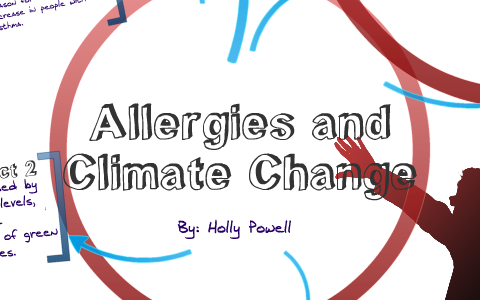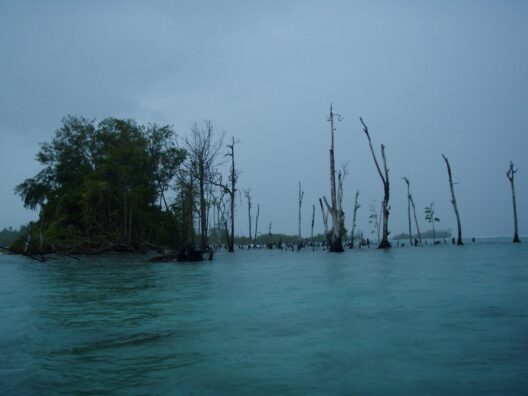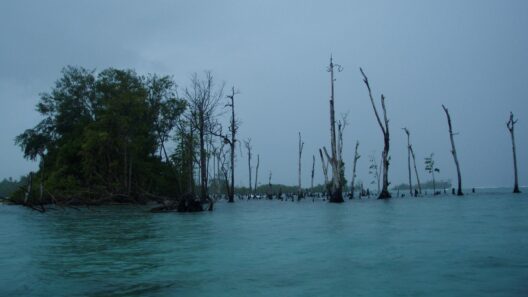The impact of greenhouse gases on global warming is an intricate subject, and among the slew of culprits, two gases often raise eyebrows: chlorofluorocarbons (CFCs) and methane (CH₄). These substances possess different properties and functionalities, as well as disparate impacts on the environment. As we delve into this comparison, one might ask: which is worse for global warming? Let’s dissect the particulars of both gases, their sources, their atmospheric behavior, and their overall climatic implications.
Chlorofluorocarbons, once hailed as “wonder chemicals,” found widespread application in refrigeration, air conditioning, foam production, and even as propellants in aerosol spray cans. However, their advantages came with a significant downside. CFCs effectively deplete the stratospheric ozone layer, a critical shield that protects life on Earth from harmful ultraviolet radiation. As these molecules ascend to the upper atmosphere, they undergo photodissociation, releasing chlorine atoms that catalyze the breakdown of ozone. The alarming rate at which CFCs dismantle this protective layer raised global concern, eventually leading to the Montreal Protocol of 1987, which aimed to phase out their production and use.
In terms of global warming potential (GWP), CFCs are formidable adversaries. The GWP of a greenhouse gas is a measure of how much heat it traps in the atmosphere over a specific time frame, typically compared to carbon dioxide (CO₂). To put it into perspective, the GWP of CFCs can reach upwards of 10,000 over a 100-year period. This means that one ton of CFCs can have the same warming impact as 10,000 tons of CO₂. However, it is essential to consider their atmospheric lifetime. While CFCs are potent, they typically linger in the atmosphere for decades to a century, presenting a delayed effect on temperature changes.
On the flip side, methane, a gas often associated with livestock, landfills, and the natural gas extraction process, presents its own unique set of challenges. Interestingly, methane has a GWP of around 28 to 36 times that of CO₂ over a 100-year horizon, depending on its source and specific conditions. This means methane is a significantly more effective greenhouse gas than CO₂ in the short term. However, methane’s atmospheric lifetime is relatively brief, averaging approximately a decade before it is oxidized into CO₂ and water vapor by atmospheric hydroxyl radicals (OH).
Given these parameters, it begs the question: if CFCs linger and prevent ozone restoration, while methane has a more immediate but dramatic impact, which one should we be more concerned about? The answer lies in understanding both the timeframes and the consequences of their actions. Methane contributes significantly to short-term climate change, creating an urgent need to reduce emissions from agriculture and fossil fuel extraction. Although regulations exist to mitigate CFC release, the legacy of those emissions still haunts our atmosphere.
Furthermore, the geographical distribution of these emissions plays a role in their environmental ramifications. Methane tends to be emitted predominantly in regions with intensive agricultural practices and natural gas production, whereas CFCs have historically been omnipresent due to their widespread industrial use. Reducing methane emissions, which can be achieved through better agricultural practices and improved energy efficiency, offers a substantial short-term climate benefit.
Another critical aspect is the interplay between these gases and feedback mechanisms. For example, as global temperatures rise, the thawing of permafrost exacerbates methane emissions. This feedback loop means that while our efforts to mitigate CFCs have proven successful over time, neglecting methane can hinder our progress in curtailing immediate climate impacts. The climate crisis is not simply about addressing one greenhouse gas in isolation; it requires a holistic approach that encompasses all contributors.
Moreover, technological advancements have opened new avenues for reducing both CFC and methane emissions. Innovations in energy efficiency, carbon capture technologies, and even dietary changes can dramatically lower methane outputs. These advancements signify that addressing climate change through collective action is attainable. However, the challenge remains significant. Public awareness, policy engagement, and global cooperation are paramount in mitigating the release of these gases. While the Montreal Protocol led to a successful reduction of CFCs, a comparable global effort is needed to tackle methane emissions effectively.
Ultimately, the question of which gas is worse for global warming is not a straightforward one. While CFCs have severe implications for ozone depletion with long-lasting effects, methane poses an immediate threat due to its areal concentration and potency as a greenhouse gas. Recognizing these distinctions allows for a more nuanced understanding of climate change’s multifaceted landscape. For individuals and policymakers alike, this understanding is crucial as the world moves toward a more sustainable future. Thus, the challenge emerges: how can we balance our immediate actions to curb methane while continuing to address the long-standing issues associated with CFCs?
As we navigate these complexities, it is imperative to remain informed and proactive. The global community must confront both the immediate dangers posed by methane and the enduring consequences of CFCs. Tackling one should not sacrifice the other; rather, both should be part of a comprehensive climate strategy. After all, the integrity of our planet depends on addressing these threats in tandem, fostering a healthier and more sustainable environment for generations to come.







